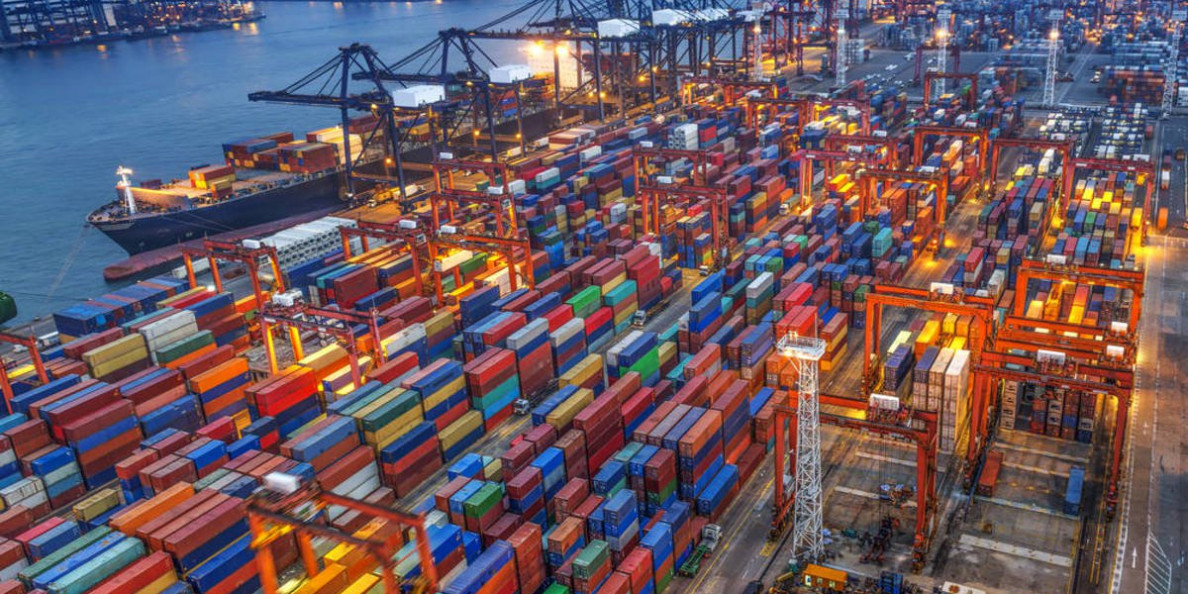Cotton prices have been falling steadily since February. This can be seen in the Cotlook A, the New York Futures and in the performance of the CIF Bremen, which are all essential benchmarks for the market. The Cotton Report editorial team discussed the background and influencing factors with Axel Trede, board member of the Bremen Cotton Exchange and Managing Director of the cotton retailer Cotton Service International. It seems reasonable to suspect that the corona crisis could be the cause.

COTTON REPORT: MR TREDE, WHERE ARE THE CAUSES OF THE CURRENTLY FALLING COTTON PRICES TO BE FOUND?
Axel Trede: Following the increase in cotton prices from October 2019 to February 2020, the negative price development in recent weeks is solely a result of the corona crisis. It is an expression of current fears that a massive drop in consumer demand will have a significant impact on the entire textile chain. This is leading to falling prices. This trend can also be seen on the stock exchanges and other commodity markets.
IS THE CURRENT PRICE LEVEL PARTLY DUE TO THE LONG-TERM CONSEQUENCES OF THE TRADE DISPUTE BETWEEN THE USA AND CHINA? DO CHINESE STOCKS STILL INFLUENCE THE CURRENT PRICE LEVEL?
No! In terms of prices, the trade conflict between the two major cotton powers has already faded into the background. We saw that prices recovered towards the end of the conflict. It remains to be seen whether any winners or losers can be defined from this dispute. The fact is that China has ordered more cotton from the United States in recent weeks. In addition, it was primarily a bilateral dispute which, in addition to great uncertainty, led to distortion in the textile chain. Compared to the trade dispute, the corona crisis is a pandemic with serious consequences worldwide. Moreover, cotton stocks in China are no longer a decisive factor in terms of price – they are at a level that can easily be dealt with by the Chinese government.
WHAT ECONOMIC EFFECTS OF THE CORONA CRISIS ARE CAUSING CONCERNS FOR THE MARKET ON THE PRODUCTION SIDE?
A low price level will deter cotton farmers from growing cotton fibre for the next season if they have an opportunity for alternative products such as soya bean, corn or other cereals. The decision on what to grow will be made in the northern hemisphere in the coming weeks and it will be interesting to see how farmers choose. A significant reduction in cultivation can lay the foundation for a price recovery in the foreseeable future.
HOW IS COTTON CONSUMPTION DEVELOPING AGAINST THE BACKDROP OF THE CORONA CRISIS?
As all of us can probably appreciate, the signs are not currently pointing to ‘consumption’. Of course, this also applies to textiles. At the retail level, there is the threat of massive losses in sales in affected countries as a result of the strong market restrictions with shop closures and bans on contact to reduce the risk of infection. There is therefore a risk to the functionality of the marketing system. In contrast to long-term consumer goods such as cars or machines, fashion is a seasonal commodity or, in a manner of speaking, a ‘perishable’ good – summer fashion is no longer saleable in the winter months. Revenues are being lost and it will be impossible to offset these to the same extent in the future. Many retailers and brands are therefore cancelling current seasonal orders due to the fear of liquidity problems and a lack of demand, which in turn is having a significant impact on production in spinning and weaving mills and textile and clothing manufacturers in the European producer countries, as well as primarily in Asia, a major consumer of cotton.
HOW LONG WILL THE CRISIS LAST?
Of course, this is not exactly foreseeable – but alongside many incalculable factors and effects, the cause is fortunately finite. A vaccine will be available in the foreseeable future and attempts are being made in various countries to limit the massive economic consequences, which are acute for many people, with substantial aid programmes. Markets are expressing expectation, but not reflecting the current state. In this respect, we can still expect very fragile market conditions as long as there is great uncertainty. However, the markets will react earlier, as soon as the first light at the end of the tunnel becomes visible.


